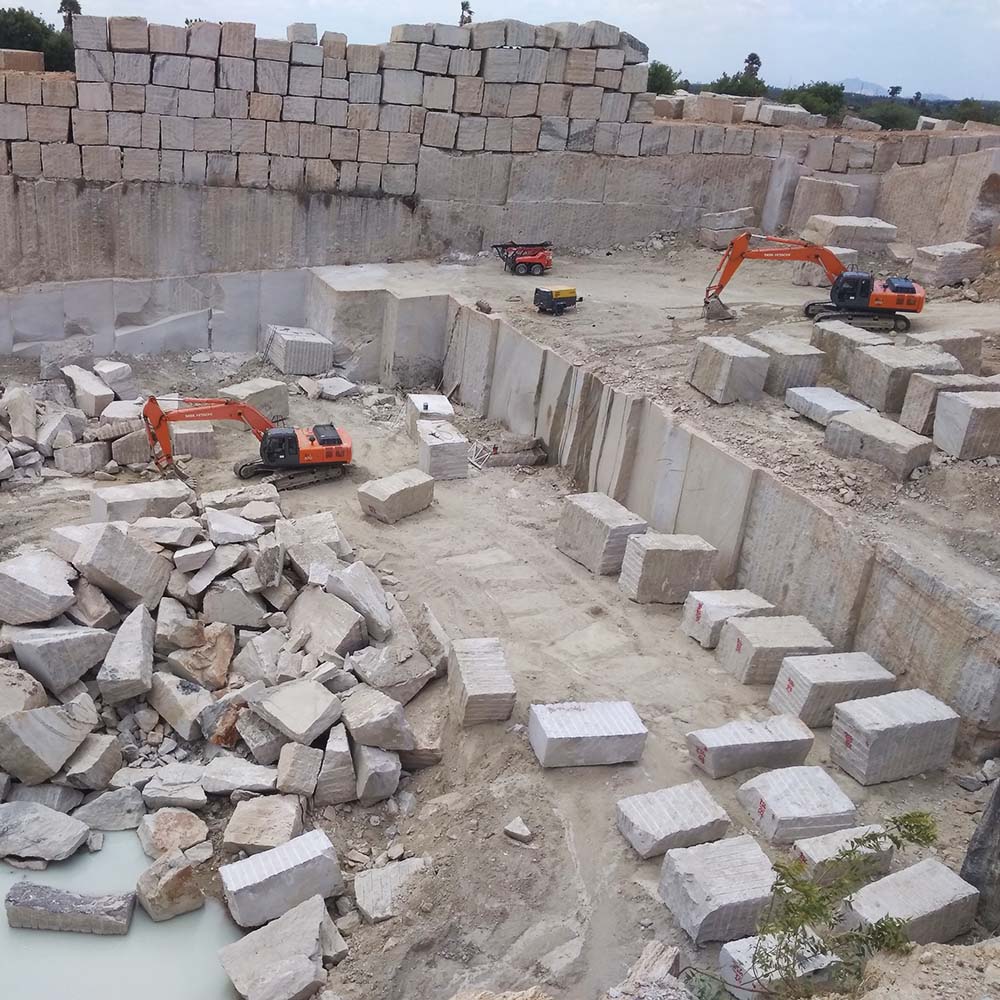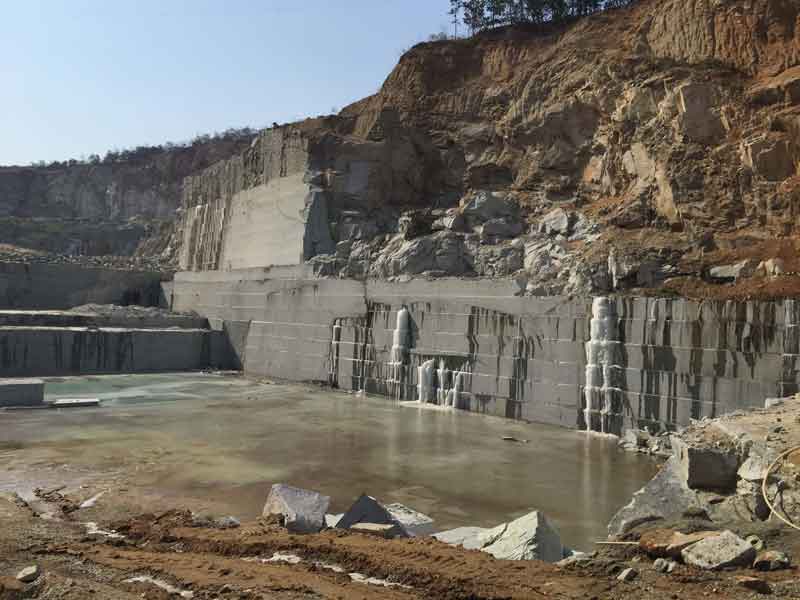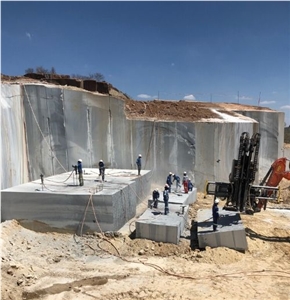Unearthing the Rich Background and Sustainable Practices of Granite Quarrying
As we base on the precipice of revealing the intricate tapestry of granite quarrying, a trip with time exposes not just the physical act of extracting rock but additionally the social and historic significance woven into the really textile of this technique. From the old origins that laid the structure for modern quarrying strategies to the sustainable techniques that are forming the future of this market, each carve mark on granite surfaces narrates waiting to be unearthed (granite quarries in south africa). The legacy of granite quarrying stretches much beyond plain extraction; it is a testimony to human resourcefulness, resilience, and the long-lasting appeal of this magnificent rock
Old Origins of Granite Quarrying
Dating back to old civilizations, the practice of quarrying granite has actually been an integral part of human background and architectural improvement. The earliest proof of granite quarrying go back to old Egypt, where huge pyramids and complex sculptures were crafted from this durable rock. The Egyptians utilized primitive tools to extract granite blocks from quarries, showcasing the value of this product in their significant building and constructions.
Relocating onward in history, the Greeks also made substantial payments to the quarrying of granite. The Greeks used granite in different building marvels, such as holy places and statues, demonstrating their skill in shaping and carving this hardy stone. The Romans even more improved the strategies of quarrying granite, utilizing innovative devices like chisels and hammers to essence and form granite for their legendary frameworks.
Through the centuries, the practice of quarrying granite has actually evolved, with modern-day technologies boosting efficiency while keeping the timeless appeal of this natural stone - granite quarries in south africa. From old civilizations to modern contractors, the tradition of granite quarrying remains to shape our globe
Advancement of Quarrying Strategies
The development of quarrying strategies has actually been noted by a continual development towards better effectiveness and accuracy in drawing out granite. Early quarrying methods included hands-on labor with basic devices such as blades, hammers, and wedges to remove granite blocks from the planet.
Developments in computer-controlled devices and 3D modeling have maximized quarrying operations, leading to minimal ecological impact and improved sustainability methods. As the demand for granite continues to climb, the evolution of quarrying techniques continues to be indispensable to conference industry requires effectively and sustainably.
Cultural Significance of Granite
Granite holds a profound social significance throughout numerous human beings as a result of its long-lasting existence in architectural masterpieces and revered monuments. From the magnificent pyramids of Egypt to the complex makings of the Angkor Wat temple in Cambodia, granite has been a product of choice for revealing splendour and longevity in social heritage. In old Rome, granite columns adorned temples and public buildings, symbolizing toughness and durability. The cultural significance of granite prolongs past its physical features; it embodies strength, security, and timelessness, making it a sign of try here withstanding legacies and traditions.

Lasting Practices in Quarrying
In the middle of the rich background of granite quarrying and its social importance exists an expanding emphasis on sustainable techniques within the sector. As environmental awareness and issues regarding resource deficiency have increased globally, the quarrying market has actually increasingly accepted lasting techniques to lessen its influence on the environment and surrounding neighborhoods.

Additionally, recovery and rehabilitation of quarry sites post-extraction are essential to sustainable methods. By bring back quarried areas to a natural or advantageous state, such as developing wildlife environments or More Bonuses leisure spaces, quarriers can balance out the environmental footprint of their operations and add favorably to the local ecosystem.
Heritage of Granite Quarrying
With a historical backdrop steeped in workmanship and commercial progress, what enduring influence has granite quarrying left on the landscape of modern society? The legacy of granite quarrying transcends plain extraction methods; it has actually shaped building marvels, metropolitan landscapes, and social heritage worldwide. The sturdy her explanation nature of granite has made it a favored choice for monuments, structures, and framework, standing as a testimony to the skill and virtuosity of quarry employees across generations.
Additionally, the economic impact of granite quarrying can not be overlooked. The market remains to offer job opportunity and drive regional economic situations in regions where granite removal is widespread. It has likewise stimulated technological developments in quarrying techniques and tools, bring about a lot more reliable and sustainable techniques.
In terms of sustainability, the tradition of granite quarrying consists of efforts to mitigate environmental impacts with improvement jobs and responsible resource administration. By stabilizing economic interests with ecological stewardship, the industry makes every effort to make sure that future generations can remain to benefit from this enduring natural resource.
Conclusion
